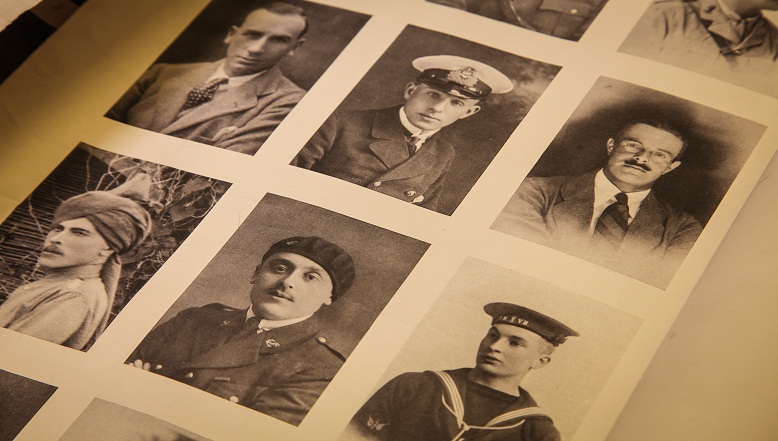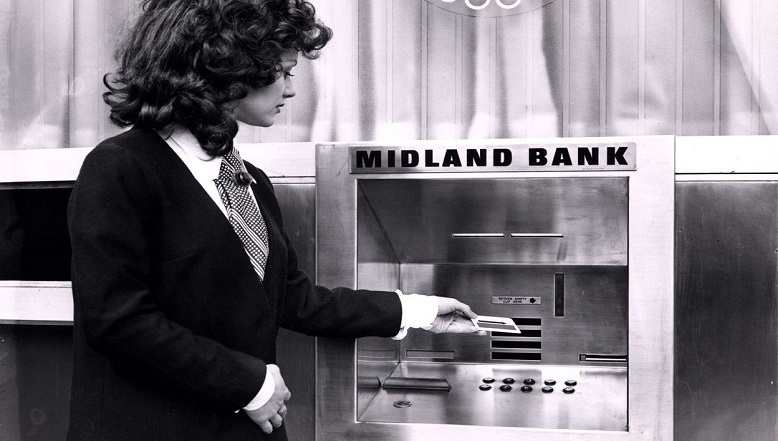The Hongkong and Shanghai Banking Corporation Limited opened in Hong Kong on 3 March 1865 and in Shanghai one month later. It was the first locally owned bank to operate according to Scottish banking principles.
HSBC in Kuwait

Our services
HSBC Kuwait offers a full suite of banking products and services for Wholesale Banking customers. These customers, which include government-related entities, large local corporates, multinationals, and foreign institutions, benefit from the power of our international networks and capabilities. Our award-winning Global Payments Solutions (GPS) and Global Trade Solutions (GTS) offerings ensure seamless, secure, and timely transaction capabilities for domestic as well as international business.
Through our broad product capabilities, we give access to global markets and are the market leader for Securities Services that help to connect international customers between East and West.
Our Private Banking experts focus on high-net worth clients and offer advisory for investment opportunities in international booking centres. We have an experienced team of Kuwaiti and international banking professionals serving our customers in Kuwait.
Our headquarters
Al Hamra Business Tower
Parcel No.14, Plot No.8
Kuwait City
Capital Governorate
Our CEO
Samer Alabed
History of HSBC in the Middle East
Origins
HSBC’s presence in the Middle East dates back to 1889 when the bank was known as The Imperial Bank of Persia. The bank changed its name to The Imperial Bank of Iran in 1935; The British Bank of Iran and the Middle East in 1949 and subsequently The British Bank of the Middle East in 1952 when operations in Iran were wound up. The Hongkong and Shanghai Banking Corporation Limited acquired The British Bank of the Middle East in 1959.
Diversification
The 1940s was a period of great change with the decline of operations in Iran (which closed in 1952) and expansion into the Arabian Peninsula and the Levant.
The bank was a leader in financial services in the states that are now referred to as the Gulf Cooperation Council, opening branches in Kuwait (1942), Bahrain (1944), the area now known as the UAE (1946), Oman (Muscat 1948) and Saudi Arabia (Al Khobar and Jeddah 1950).
Branches were also opened in the cities of the Fertile Crescent: Beirut (1946), Damascus (1947), Tripoli (1948), Amman (1949) and Aleppo (1951).
Regional expansion
By 1959, when the bank was acquired by the Group, it had added more offices in Saudi Arabia, Yemen, Libya, Qatar, Tunisia, Morocco and UAE.
During the 1960s and 1970s the bank left Syria, Iraq, South Yemen and Libya after nationalisation of the banking sectors.
In 1978, the bank’s business in Saudi Arabia was transferred to a new bank, the Saudi British Bank, where the Group took a 40 per cent share. The Group also took a 40 per cent share in the Hong Kong Egyptian Bank S.A.E, which was established in 1982.
Modern structure
In 1994, the bank’s head office was transferred to Jersey and in 1999 it was renamed HSBC Bank Middle East (HBME). In 2001, the Group’s shareholding in Egypt increased to 94.5 per cent. In June 2016, the bank confirmed that it had transferred its place of incorporation and head office from Jersey to the Dubai International Financial Centre. As a result of the transfer, HBME is now lead-regulated by the Dubai Financial Services Authority, but remains locally regulated in each of the countries in which it operates by the country’s Central Bank and its other regulators.
HSBC in Kuwait

Read the transcript (1-page PDF 21KB)
For details about HSBC’s global operations, Group board members and financial results, go to our corporate website














